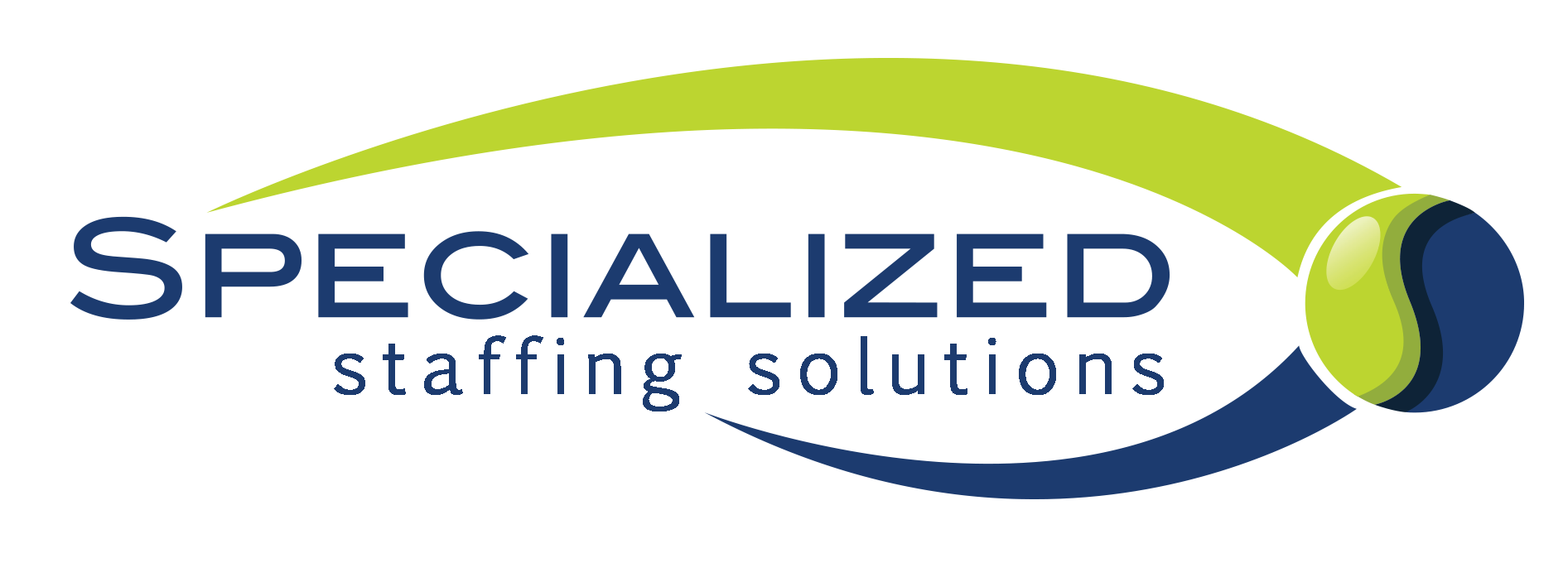
Growth is exciting—but it also tests the limits of your current systems, especially when it comes to hiring. Whether you’re opening a new location, expanding production, or launching a new service line, growth requires more than just more people—it requires a hiring process that’s built to scale with you.
Many organizations start strong but hit bottlenecks when trying to scale. That’s often because the hiring approach that worked when things were small doesn’t adapt well to larger or faster operations. It lacks structure, strategy, or the flexibility to evolve alongside business goals.
The Risk of Scaling Without Structure
When hiring is reactive, growth creates strain:
- Job openings go unfilled, or the wrong people are hired in a rush.
- Managers lose time reviewing unqualified candidates.
- Onboarding becomes inconsistent.
- Turnover increases because expectations and reality don’t match.
From a LEAN perspective, these breakdowns are indicators of process inefficiency and overburdened systems—commonly referred to as “muda” (waste). SHRM best practices reinforce the need for structured workforce planning, clear job design, and ongoing communication between HR and operations.
Without these in place, scaling can cause as many setbacks as successes.
What Scaling Smart Actually Looks Like
Scaling your workforce doesn’t mean just “adding more people”—it means building a system that can expand without losing quality, compliance, or culture. This requires a few critical elements:
- Forecasting, Not Firefighting
Workforce planning must align with business planning. That means understanding the timeline of growth and building recruitment campaigns in advance—not after the demand has hit.
- Repeatable, Documented Hiring Processes
LEAN thinking encourages standard work. Having documented, role-specific interview guides, onboarding steps, and screening tools ensures consistency and scalability. It also makes training new managers or recruiters far easier.
- Flexible Candidate Sourcing
As volume increases, so does the need for varied sourcing. Community partnerships, internal referrals, social campaigns, and in-person hiring events can all work together to create a broader, more stable pipeline.
- Clear Roles & Feedback Loops
As teams grow, roles must be clearly defined and continuously evaluated. SHRM recommends building structured feedback mechanisms like stay interviews, onboarding surveys, and performance check-ins to help refine the process as it grows.
The Value of the Right Hiring Infrastructure
Companies that scale successfully typically share one thing: a strong, adaptable hiring infrastructure. They don’t rely on luck or hope to meet labor demand—they rely on systems that are built to flex.
That’s why recruitment can’t just be treated as a task list—it needs to be integrated into the growth strategy. Whether managed in-house or with the help of a partner, your hiring approach should grow in depth, structure, and responsiveness as your business expands.
Hiring more people is easy. Building a workforce that grows with your company—that’s the real challenge. And it’s one worth solving strategically.
